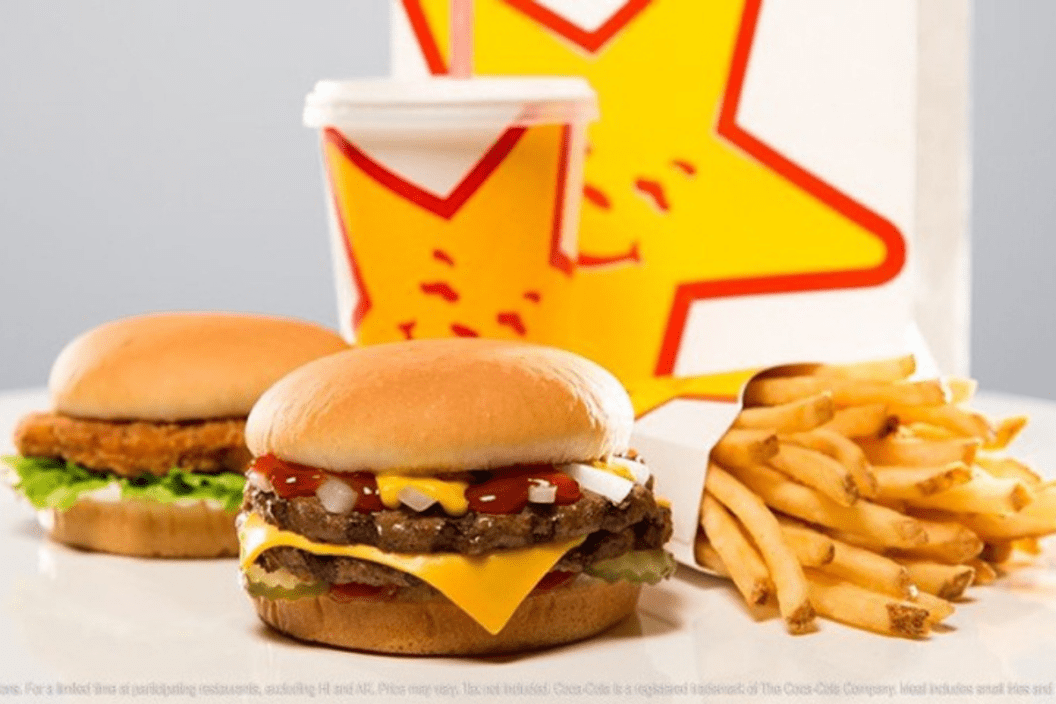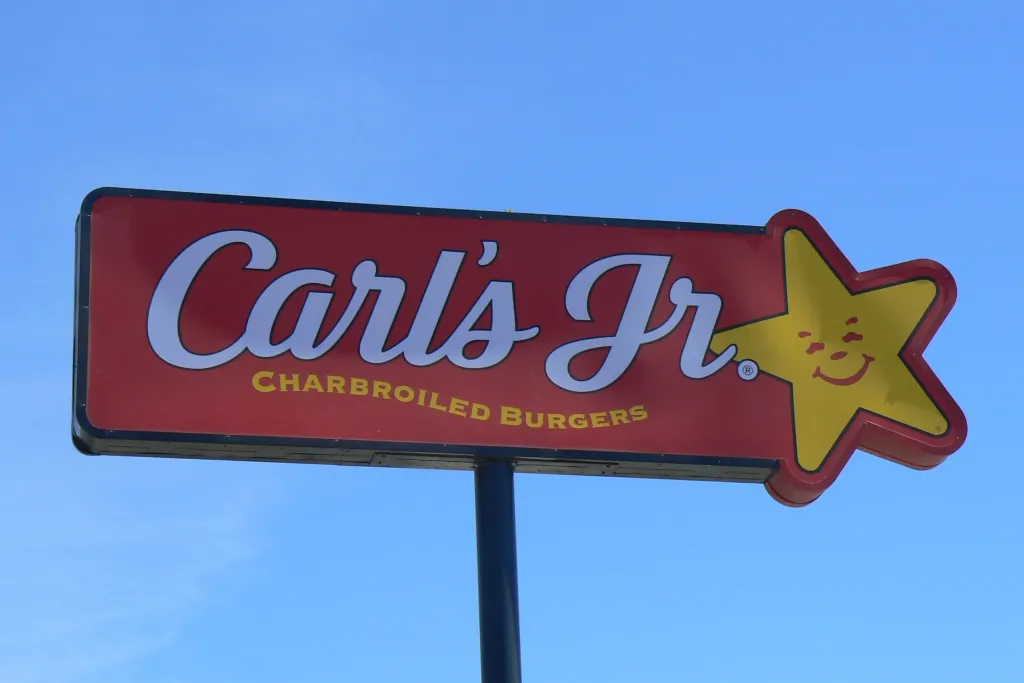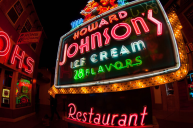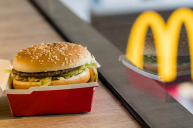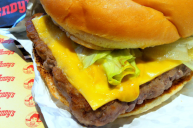I'm a California native, through and through. I call highways "The (insert number here), use "Yeah, no" in everyday conversation, and grew up on Carl's Jr. Chicken Stars. When I moved to Florida in 2012, I was completely bamboozled when I saw the characteristic fast food star donning the name, Hardee's, instead of Carl's Jr.. I chalked it up to the same circumstances that calls Breyer Ice cream, Edy's on the East Coast.
All was well until I tried to order Chicken Stars, which were absent from the menu, one of the many differences between Hardee's and Carl's Jr., which are both part of Carl Karcher Enterprises.
This brings us to a quick business lesson. One way regional favorites expand into another restaurant's territory is to find franchisees in new states. Another way to grow is by acquiring another regional favorite chain. In the case of Carl's Jr. and Hardee's, the story starts with two chains, one beginning on the West Coast and the other in North Carolina, but it ends with one shared brand.
Carl's Jr.
In 1941, Carl Karcher and his wife Margaret borrowed $311 to open a hot dog cart in Los Angeles. They sold hot dogs, chili dogs, and tamales for a dime, and soda for a nickel. It didn't take the Karcher's cart very long to become popular and soon they owned four in Southern California.
The Karcher's expanded their food business to Anaheim in 1945 when they opened Carl's Drive-In Barbecue, with a soon-to-be familiar star gracing the top of the full-service restaurant's sign. A year later, they added hamburgers to the menu.
By the early 50s, Karcher was seeing growing competition from a new quick-serve burger chain that would eventually become McDonald's. His response was two Carl's Jr. restaurants, called so because they were smaller versions of their parent drive-in. The five-pointed yellow star remained, but Karcher added one new feature designed to attract busy drivers on the go: a drive-thru window, the first of its kind.
Karcher continued to open Carl's Jr. locations while he tried out a couple of other concepts (Carl's Whistle Stop and Scot's coffee shops) and in 1964 he incorporated all his businesses into Carl Karcher Enterprises (CKE Restaurants)..
Hardee's
Over on the East Coast, Wilber Hardee had opened several restaurants around Greenville, North Carolina by 1960. When he visited the state's first McDonald's, he decided to open a quick-serve burger joint that would use char-grills to make the burgers different from the competition.
His restaurant, Hardee's Drive-In was a hit. He was approached by entrepreneurs Leonard Rawls and Jim Gardner and the three men created a partnership to expand the restaurant into a chain. Hardee decided to sell his part of the business to Rawls and Gardner, but the new chain kept the name Hardee's. The fast-food chain continued to grow, adding restaurants across the South and Midwest, and by the end of the 60s, the company had become Hardee's Food Systems.
Combining Carl's Jr. and Hardee's
In the 70s and 80s, the Hardee's Food Systems corporation passed from parent company Spartan Food Systems to Trans World Corp., and then to Imasco, a Canadian company in 1981. By 1997, the chain was the fourth largest fast food chain in the U.S. Seeing a way to expand their company, CKE Restaurants bought Hardee's for $327 million creating a giant chain with over 3,000 Hardee's locations and almost 700 Carl's Jr. stores. You won't find them in the same places, though. Carl's Jr. is mostly in the West/Southwest of the U.S., while you'll see Hardee's everywhere else.
Up until 2018, the two chains shared the same branding and advertising, and even their menus were starting to look the same. But a new CEO (who has since left the company) decided it was time to put a little bit of space between the two restaurants. While both chains have Thickburgers and scratch biscuits on their menus and share the same happy star logo, they have started to find ways to distinguish themselves.
In a recent QSR Magazine report on the country's top 50 quick service brands, the magazine noted that "the two have strived to differentiate themselves through marketing, menu offerings, and expansion strategies." Hardee's (#24 on the list) is going back to its Southern roots with new menu items like a Sweet & Spicy Chicken Biscuit, while Carl's Jr. (#28) added a Triple Western Bacon Cheeseburger and Western Fries, along with a vegan Beyond Meat burger.
While the two chains may continue to share a logo, Carl's Jr. and Hardee's are continuing to lean into their differences at the same time.
READ MORE: The Fast Food Restaurant Voted America's Best Might Surprise You
